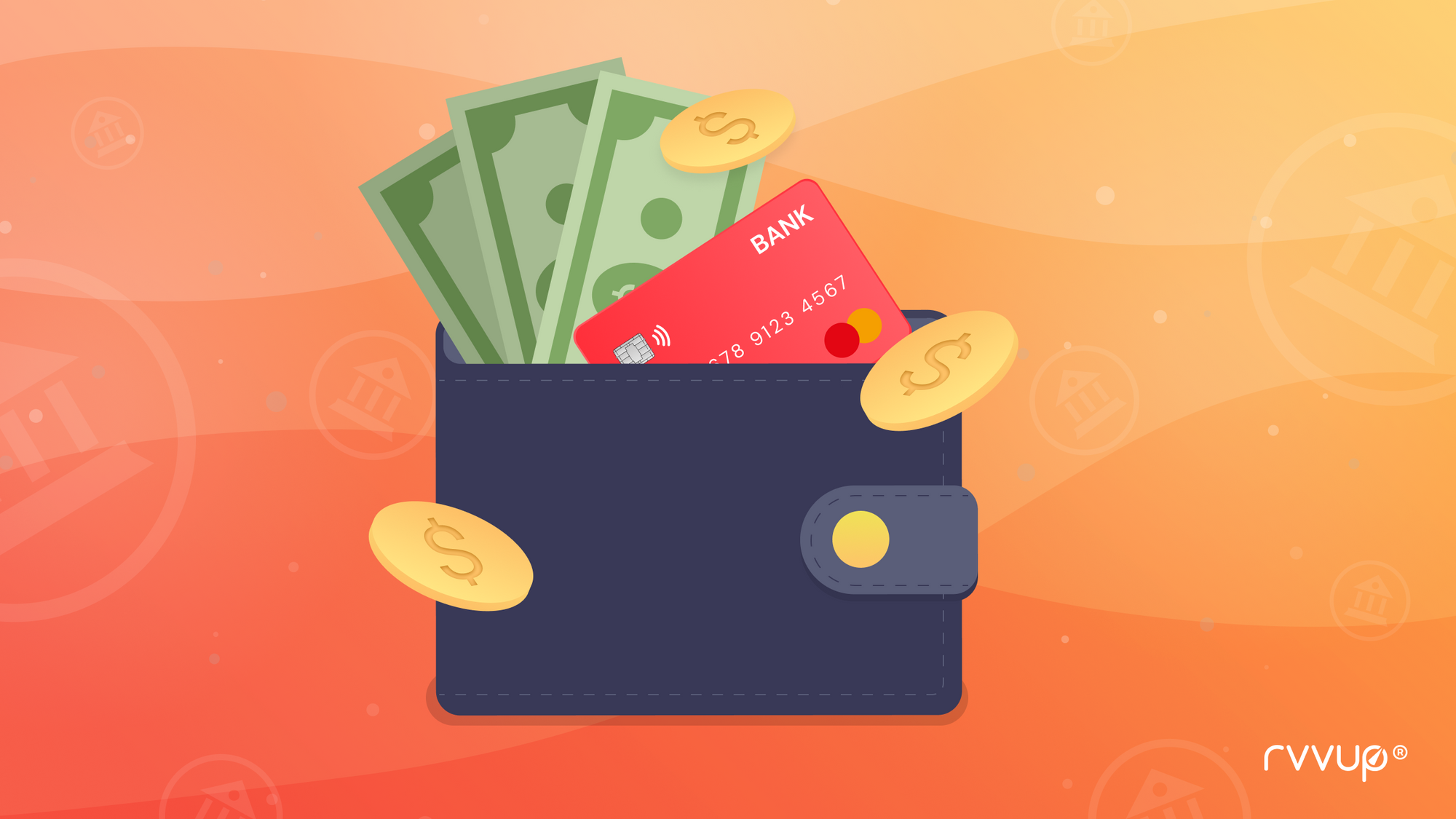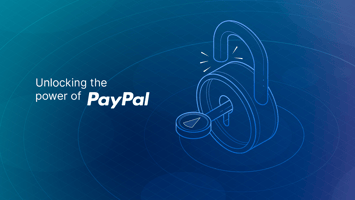What is Fiat Currency?

Perhaps you’ve heard of the term “Fiat Currency” but you’re unsure what it means, exactly? Fiat Currency is a country’s own currency that isn’t attached to commodity prices (for example, precious metals like Gold and Silver). Its value is determined by the public’s belief in the currency’s originator. Usually that’s the central bank of the country or the government.
What About Commodity Money?
Fiat currency is completely opposite to commodity money and the key difference is down to both these currencies’ values. Commodity money normally has a fundamental value that relates to what it’s made out of. For example, gold and silver are metals and coins are produced from metals.
Fiat Currency doesn’t have fundamental value, it is a pledge from the central bank or the government that the currency can be exchanged for its worth in products. In the UK, the GBP is a Fiat Currency, in Europe, it’s the EURO and in the United States, it’s the Dollar. Most of the world’s currencies are Fiat Currencies, few are tied to commodities.
The Advantages and Disadvantages of Fiat Currencies
It can be seen as a disadvantage that the central banks and governments of Fiat Currency countries have the most control over its worth and its supply. It’s up to the government or central bank to manage the interest rates, the supply and liquidity of their country’s Fiat Currency.
However, the advantage outweighs the disadvantage of their complete control, and that’s because as Fiat Currency isn’t tied to a commodity, if a commodity suddenly dips dramatically, the currency isn’t devalued. Usually, increase or decrease of supply is controlled by the central government or central bank and is a decision made to react to the market conditions or it’s a proactive decision.
Although, as Fiat Currency isn’t tied to a commodity or asset, the value of Fiat is governed by responsible decision making and government. When bad decisions are made by the government, there is the risk of gross inflation which severely affects Fiat. The other risks include “bubbles” in an economic cycle.
Bubbles occur when there’s a swift price rise that’s followed by a swift price fall. This often happens when there’s huge supply of Fiat Currency – so governments need to apply quantitative easing. This too can lead to an increase in inflation and that leads to other problems, such as housing price fluctuations and a rise in national debt. Any of these situations can massively influence the world’s financial markets.



